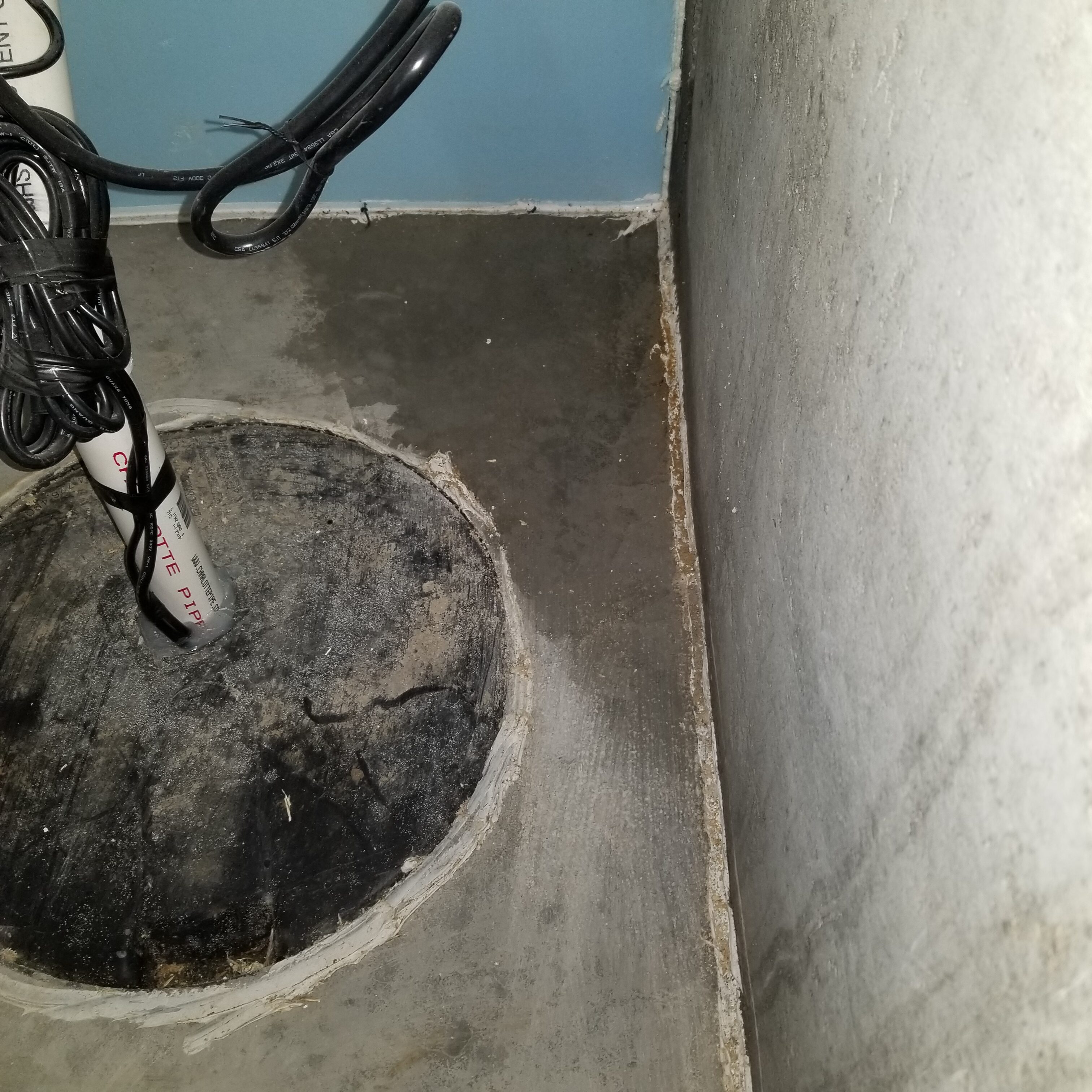It’s getting warmer in Minnesota. Finally the snow is melting and we’re getting rain instead of snow. While I think everybody here is ready for Spring, warmer temperatures, snow melt and rain present an imminent hazard for your home. If you don’t want to deal with a wet basement this year, here are some tips on how to keep your basement dry:
Gutters
- Do you have them? If not, get them installed. I always recommend a full gutter system on every home.
- Gutters are present? Great. Make sure they are not clogged with debris. Clogged gutters cause roof runoff to either completely overshoot the gutters or cause the gutters to overflow. I recommend cleaning your gutters at least twice per year, once in late fall and then again in the spring time.
- Fix leaking gutters. I’m a huge fan of seamless gutters. They greatly reduce the possibility of leaking joints. If you notice gutter joints that are leaking, use a sealant at the gutter interior to stop the leak.
- Downspouts and Extensions. Missing downspout extensions are one of the greatest contributors to a wet basement. Without extensions, concentrated amounts of roof runoff are going to drain at one spot along your foundation. That’s asking for trouble. Typically, your extensions should run for 5-6 feet away from your home to ensure proper drainage.
Grading
- Is the grading around your home flat to negative? Chances are it is, at least in some places. If so, fix it. You need about two percent slope to ensure water drains properly away from your home. That’s not a lot: only about 2 1/2 inches for 10 feet. Note that mulch and wood chips do not qualify as grade. Water soaks right through this.
- Window wells. If you have basement windows at or below grade, install window wells and seal them to the foundation. This will prevent water from pouring in around your windows and also allows you to build up grade without burying your windows.
- Hardscaping. Driveways, sidewalks and patios that are sloped toward your home are bad news. If there is insufficient pitch away from the home, you are going to be dealing with moisture in your basement. To fix this, consider having the concrete lifted to provide proper slope and drainage. This can be done a lot cheaper than replacing the concrete. Cracks should also be sealed with a flexible sealant to prevent water seepage through the concrete or asphalt. Apart from helping to ensure proper drainage, it can also extend the life of your hardscape material. And one final word, if your sidewalks or patios are sloped toward your home, don’t be tempted to simply seal the joint between the concrete/asphalt and the foundation with gobs of caulk. Caulking shrinks, peels and tears and is only a temporary fix at best. Without constant maintenance it tends to exacerbate the problem, making you ignore the drainage issue that you think you have solved.
Sump Pumps
- First, if you have a drain tile system and sump basket, make sure you have a pump installed. See:
Without a Pump, Your Drain Tile System Can’t Help You - Test your sump pump to make sure it is functioning. You can do this either be removing the cover and lifting the float for the pump, or if you have a split cord set up, remove the back plug and plug it in directly to the pump outlet. This will bypass the float mechanism and cause the pump to kick on regardless of the float level. You should test your pump each year in early spring or when the snow melt starts. I also recommend testing it prior to leaving your home for any extended period Spring through Fall.
- Make sure your sump discharge hose is attached at the exterior of your home and that it runs far enough away from your home to prevent the same discharged water from draining back along your foundation. Discharge hoses need to be detached in late fall and then should be reattached in early Spring. For more on sump discharge hoses see:
Sump Pump Discharge Hose Rules - Check your pump outlet to make sure it has power. On new construction, it is a code requirement that outlets in unfinished basement spaces be GFCI protected. If the GFCI is tripped, your pump is not going to work. Always check to make sure your GFCI has not tripped. If it has, reset it to ensure your pump will function.
A wet basement is frustrating, unhealthy for you and your home and can cost big bucks to fix. But no one needs to have a wet basement. Ever. Following these steps for maintaining your home’s Water Management System will ensure your home stays dry.
#WetBasement #WaterManagementSystem #CloggedGutters #GutterDownSpouts #FlatGrading #SumpPumps #HomeInspections

Leave a Reply